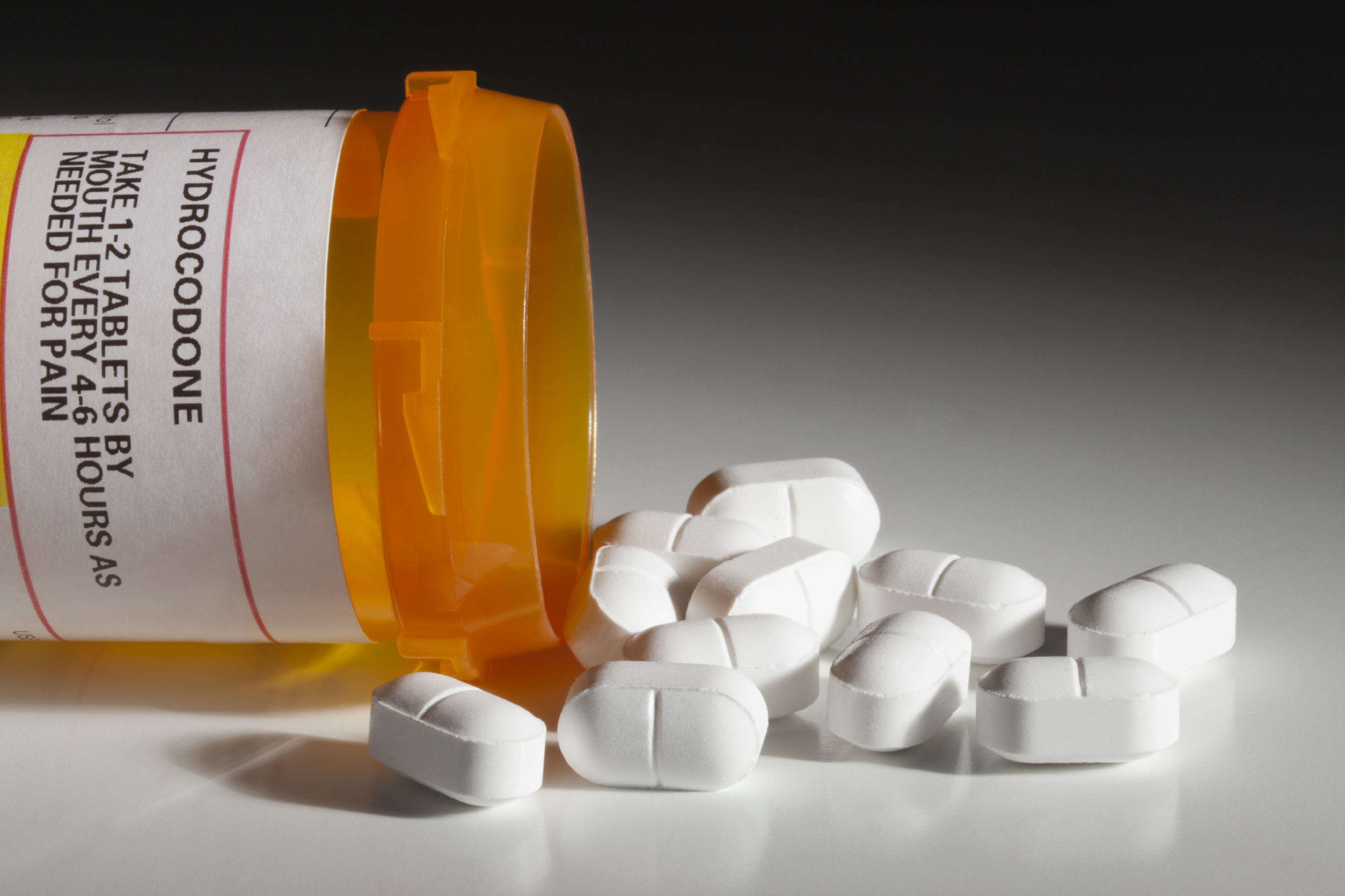
In 2008, an Orange County, Florida, judge sentenced William Forrester to 15 years in prison for 15.6 grams of oxycodone, or about 30 pills.
Forrester was on disability insurance and had a lung surgically removed due to cancer not long before his arrest, according to court documents. But possession of the oxycodone, combined with a forged prescription to obtain it, turned him into a narcotics trafficker under Florida’s mandatory minimum drug law.
“If was an option, then certainly we would talk about it. But my hands are tied by the law, and I have to sentence you to 15 years, and there’s no ifs, ands or buts about it,” said Judge Mark Blechman.
Forrester will be 65 years old upon his scheduled release in 2021.
According to a new policy brief by the James Madison Institute, a conservative Tallahassee-based think tank, there are 2,310 inmates serving mandatory minimum prison terms in Florida for hydrocodone and oxycodone trafficking offenses.
Not all of them are in for selling pills.
The highly-addictive opioids are legal pain medications when prescribed by a doctor, and can leave some people hooked after their prescriptions expire.
Florida’s tough drug laws, passed in 1999, were meant to punish drug dealers. But mandatory sentencing for hydrocodone and oxycodone — ranging from three years to life in prison — can be triggered by as few as 27 hydrocodone pills, or 14 oxycodone pills.
Under the law, illegal possession of small amounts of the pills is considered drug trafficking.
Patients recovering from surgery often receive a one-time prescription of 30 to 60 hydrocodone or oxycodone pills, and in forms containing acetaminophen, or Tylenol, according to the Office of Program Policy Analysis and Government Accountability, a legislative research office.
An attempt to illegally obtain an equal amount qualifies for an automatic prison sentence.
Author Laura Krisai, a JMI adjunct scholar and director of criminal justice reform at the Reason Foundation, says it’s time for the Legislature to adopt a “safety valve.”
“Public safety is not enhanced when individuals are incarcerated for years longer than necessary,” Krisai says.
A safety valve provision would allow judges to exercise discretion when sentencing individuals in cases where Florida’s mandatory sentences don’t fit the crimes.
“Safety valve legislation neither eliminates the underlying mandatory minimum sentencing law, nor does it require judges to sentence offenders below the minimum term. It is a narrowly tailored exception for certain offenders and under certain circumstances,” the brief says.
An analysis of Florida Department of Corrections data shows that 83 percent of prisoners incarcerated for hydrocodone and oxycodone trafficking have never been to prison before, or had only previously served time for nonviolent offenses.
The Department also considers 435 of the trafficking offenders to be elderly, defined in the state prison system as over 50 years old.
A safety valve measure, the brief says, also would save millions of taxpayer dollars.
In fiscal year 2014-15, the DOC reported an average cost $53.49 per day to house an inmate in a state correctional facility. The 2,310 hydrocodone and oxycodone traffickers cost a combined $123,562 per day, or $45.1 million per year.
If the 83 percent of first-time and nonviolent traffickers had their mandatory prison terms reduced by one-year when they were sentenced, the state would save $33.3 million.
“There’s no evidence from Florida or elsewhere that shows when judges are allowed to determine sentences — or, to judge — public safety is threatened,” Krisai concluded.
___
William Patrick is a Florida reporter for Watchdog.org. Contact him at [email protected] and @WmPatFL.




One comment
Joseph DiCapo
March 24, 2017 at 7:13 am
The real story of messed up Florida laws is not even told.
In the state of florida you are charged for the total weight of the pill rather than the narcotic amount.
Case in point. A person gets picked up w two (2) 5/500mg vicodin. Vicodin contains 2 ingredients, hydrocodone and acetaminophen (aka tylenol). The narcotic amount for 2 pills would be 10mg and the non narcotic amount (the tylenol) would be 1000mg. So now your trafficking over a gram of narcotic under the current laws..
If that drug happend to be the 30mg oxycodone (blues street name) u could have over 30 of those and have less total weight.
So now u have a person w 10mg of narcotics being treated more harshly than somebody having over 900mg of narcotics…
Make much sense?
Not to me either.
Comments are closed.